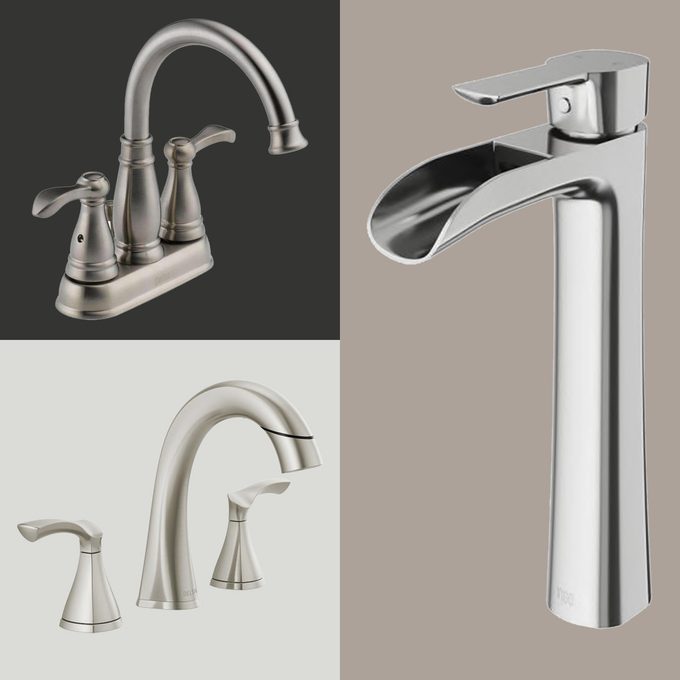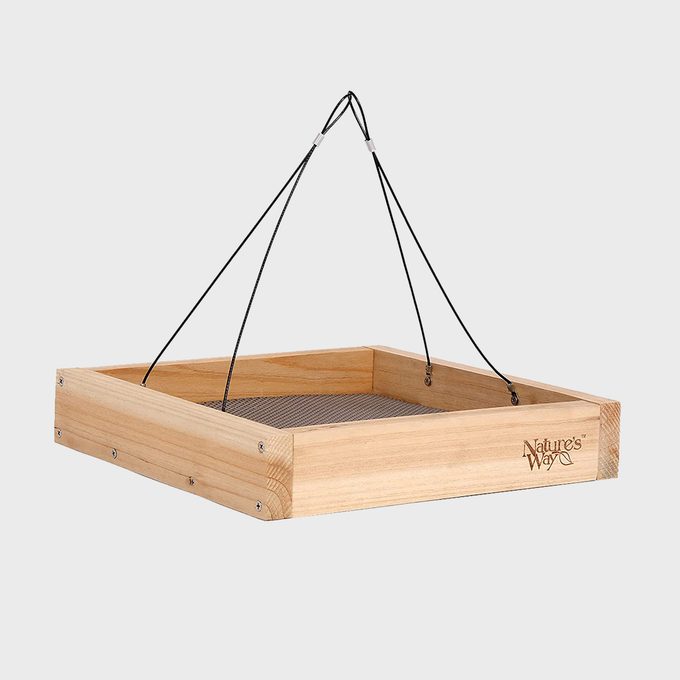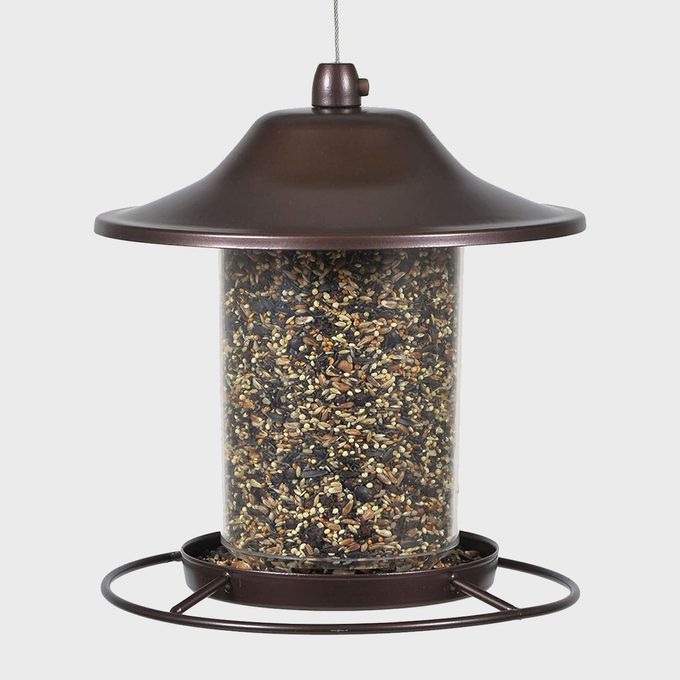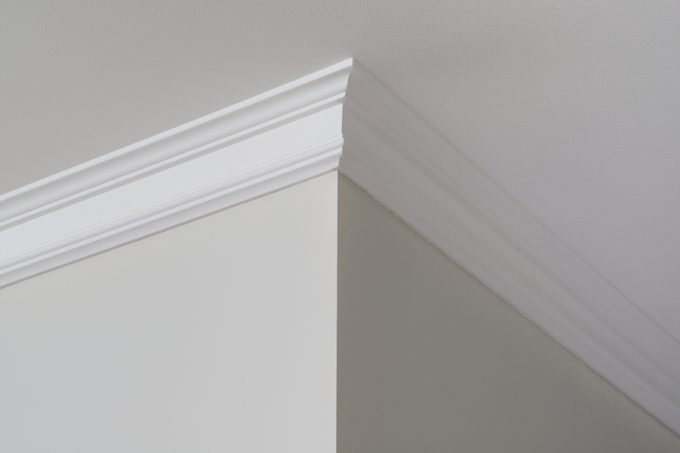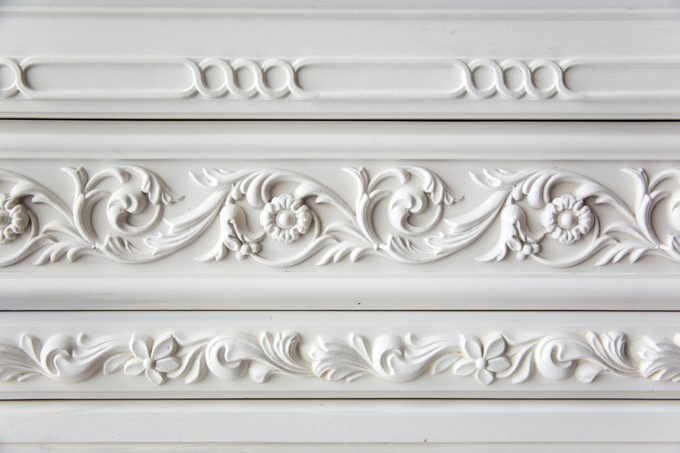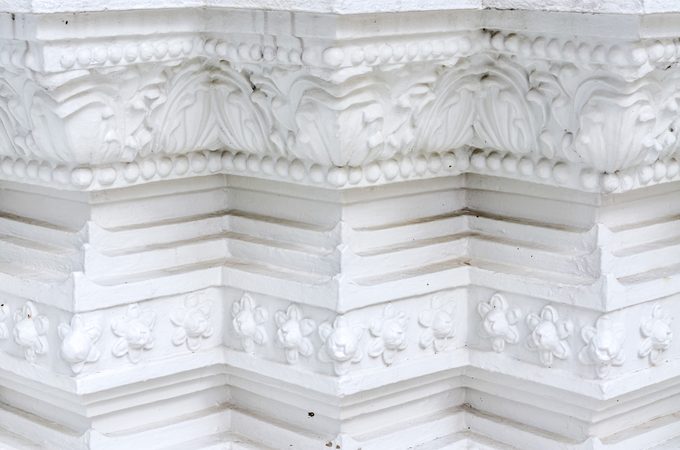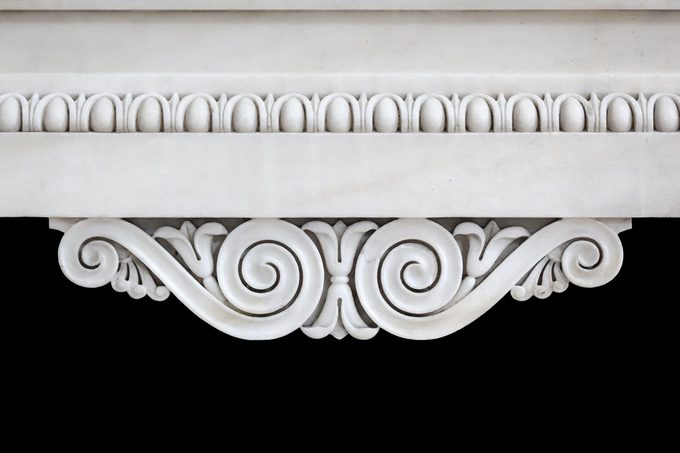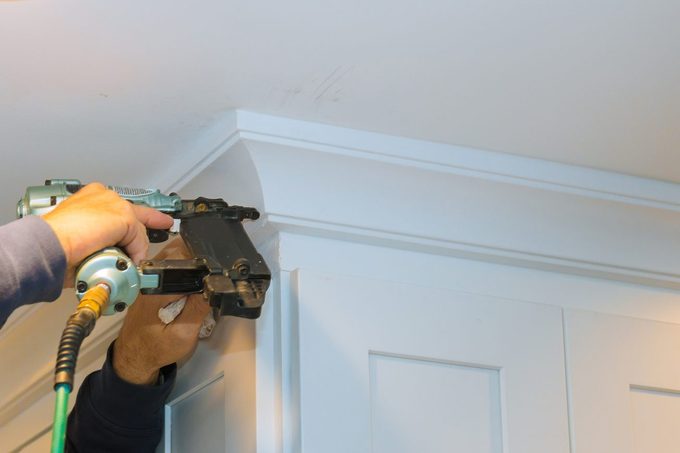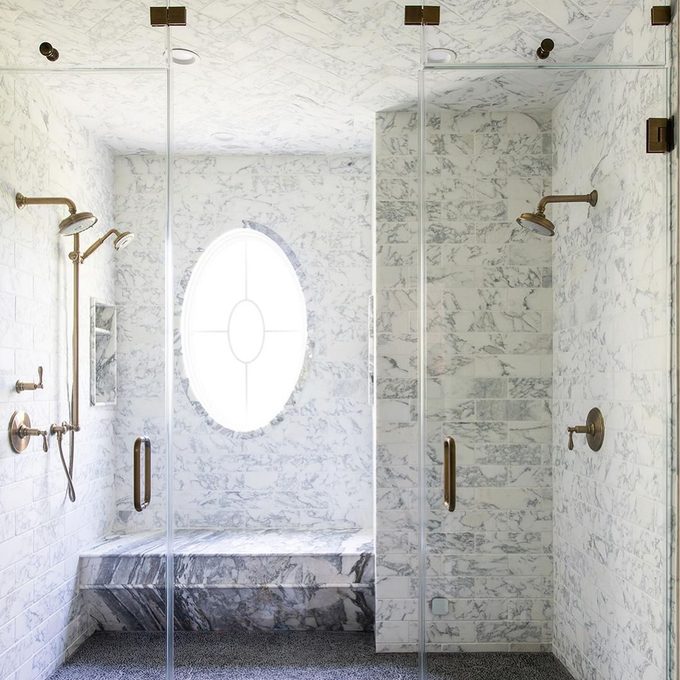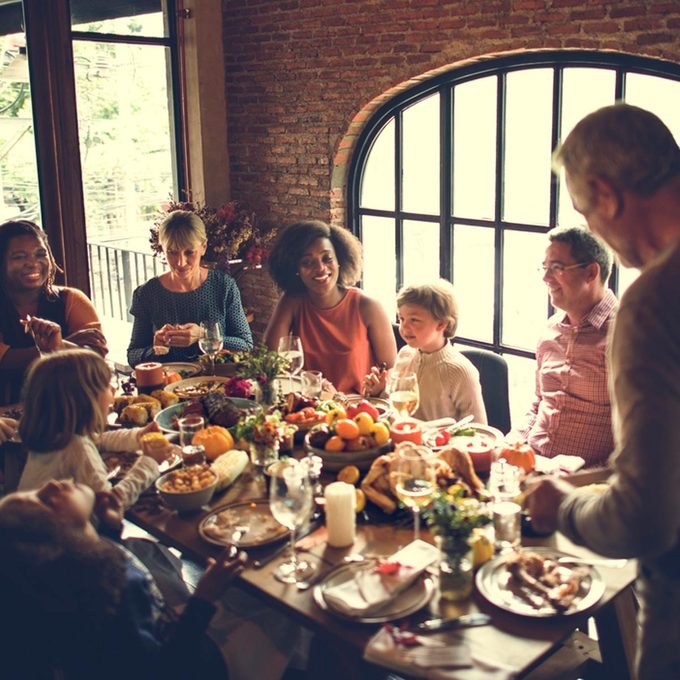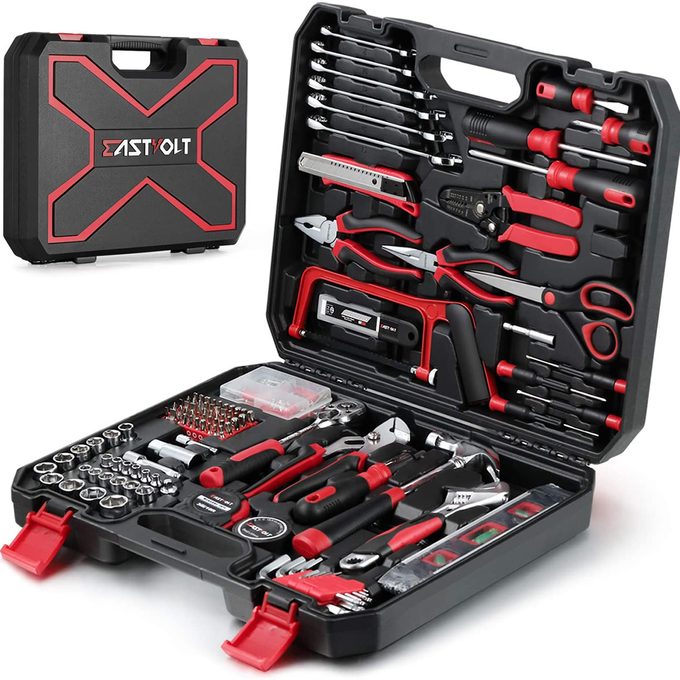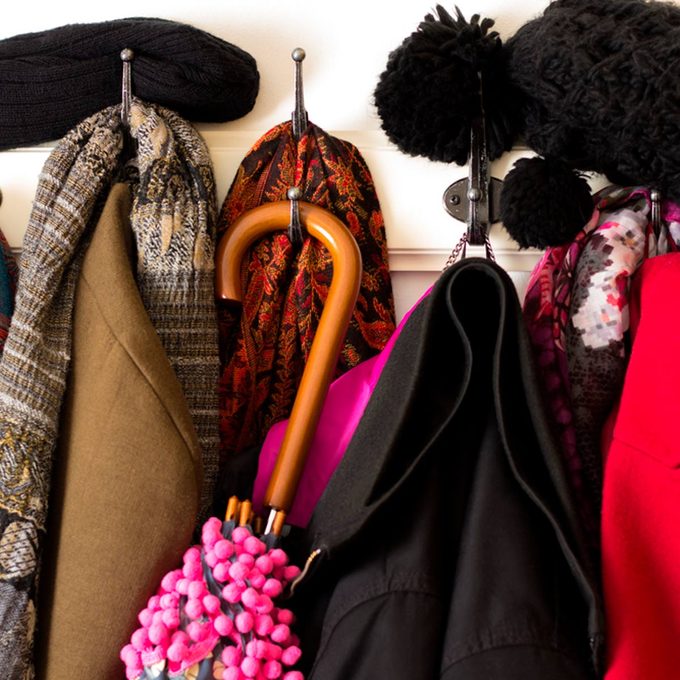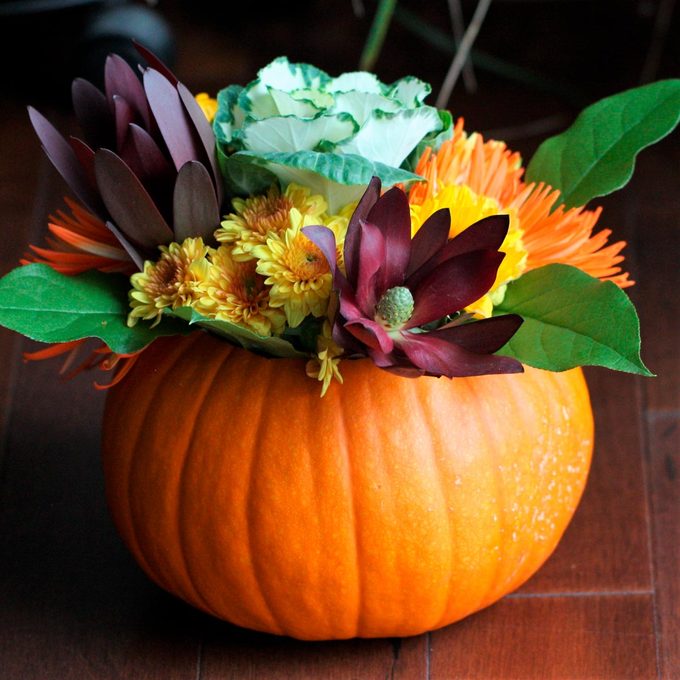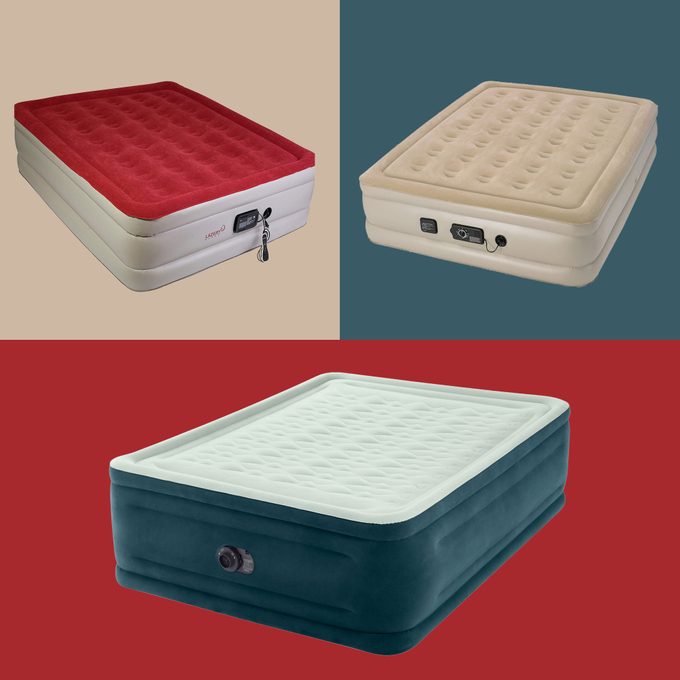For thousands of years, birds and humans in North America have relied on native sunflowers for sustenance. About 500 years ago, Spanish conquistadors brought sunflower seeds back across the Atlantic Ocean to Europe and beyond. Now they’re a staple for people and backyard birds around the world.
“Sunflower seeds are one of the more popular seeds to feed birds, whether alone or in blends,” says Brian Cunningham, product and hobby education manager for Wild Birds Unlimited. They’re popular because they attract so many kinds of birds. And the one birds like the most is black oil.
“Foods offered to birds in our yards mimic what birds would naturally be seeking to consume in the wild,” says Cunningham. “Sunflower seeds mimic the seeds of many trees like pine, fir, spruce, hemlock, maple, elm, sweetgum, beech and more. Plus, sunflower seeds mimic flower seeds of all types and, of course, the 60-plus wild sunflower species.”
What Are Black Oil Sunflower Seeds?
Black oil sunflower seeds come from a cultivar (or modified version) of the sunflower plant Helianthus annus. They’re an annual crop, used primarily for making cooking oil and as wild bird food.
While still grown in North America, the largest producers are in eastern Europe and the former Soviet Union, where they grow more readily than other oil-seed crops such as corn, soybeans and olives.
Black oil sunflower seeds are popular for bird feeders because of their high oil content, which is beneficial for nutrition and calories. Also, their thin shells are easier for birds to crack open than other types of sunflower seeds. Humans generally don’t eat black oil sunflower seeds because the hulls are small and more difficult to shell.
What Birds Eat Black Oil Sunflower Seeds?
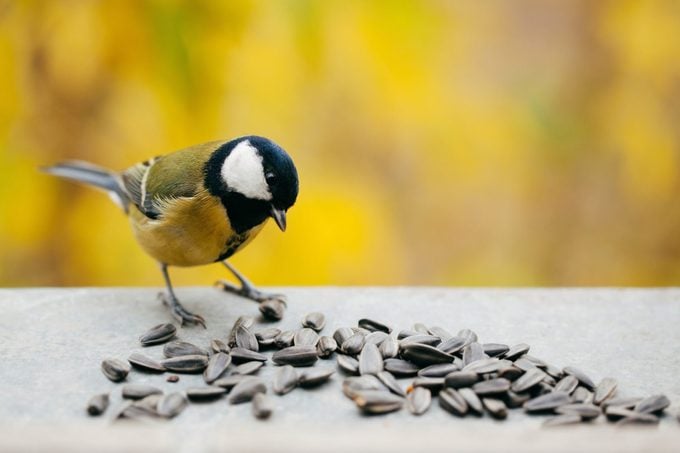
In general, most seed-eating birds are attracted to black oil sunflower seeds. These include:
- Finches (house, purple, gold, rosy, Cassin’s);
- Chickadees;
- Nuthatches;
- Northern cardinals;
- Mourning doves;
- Tufted titmice;
- Towhees;
- Blackbirds;
- Woodpeckers;
- Evening grosbeaks;
- Redpolls;
- Pine siskins;
- Indigo buntings;
- Gray catbirds;
- Bushtits;
- Grackles (house and common);
- Black-billed magpies;
- Sparrows;
- Jays.
What Feeders Work Best for Black Oil Sunflower Seeds?
Hopper, tube and tray feeders all work well for black oil sunflower seeds, as long as their holes are large enough for the birds to extract the seed.
How To Grow Black Oil Sunflower Seeds
Growing sunflowers is easy throughout most of North America, except places with short summers (they die at the first frost) or lots of humidity.
“People should grow sunflowers,” says Maricopa County Master Gardener Pam Perry. “They are fun, they’re universal, they’re native to the New World, so they’re ours, and they are welcome in a garden anywhere in the country.
“They’re great for attracting beneficial insects and pollinators. They’re pretty. And the neighbors think it’s really cool when your front yard sunflower is going wild.”
Steps for growing sunflowers
- Buy seeds at the local garden center or nursery. If you want to plant more than just black oil, get ones known for producing an abundance of seeds. “If gardeners are meticulous about maintaining organic integrity in their gardens, they should certainly look for organic sources,” says Randel Agrella, senior horticulturalist with Baker Creek Heirloom Seed Company. “If they’re less concerned, they can probably just plant seed that they obtained as bird feed. That’s assuming the seeds haven’t been treated in some way, like by exposure to heat, to lessen their ability to sprout.”
- Plant them in the spring, after the last frost, in a sunny location. Remember, they get big, so don’t put them where they’ll crowd out smaller plants. “[In most of the country] they will mature with little effort or care,” says Agrella. “Soil for sunflowers needn’t be especially rich. Average garden soil suits them well.”
- Water them as needed — once a day for the first week or two, then once a week thereafter. “They do grow best with ample moisture, but once established they can tolerate considerable heat and drought,” says Agrella.
- They flower in 60 or so days. They’ll be be ready to harvest in 90 days, when their heads turn down and the inner flowers shrivel.
Steps for harvesting sunflower seeds
- When they start to wilt, cover the heads you want to save with a fine mesh like mosquito netting, or even just a paper bag stapled to keep it from blowing off. “Most of the time birds will come by and pick them clean,” says Philip Kauth, director of preservation for Seed Savers Exchange. “That’s the challenge. If you want to reseed your own sunflower seeds, you have to protect a couple of the heads.”
- Or, cut off the flower heads and bring them inside to dry. You’ll know they’re dry because the seeds will be easy to separate from the heads. “A lot of times they will actually fall out when they’re dry enough,” says Kauth. “Other times you have to kind of rough them up with your finger and they’ll fall out.”
- Alternatively, you can store the heads with the seeds intact. Then when you’re ready to use them, just place them on platform feeders for the birds.
- Store seeds in a cool, dry place to prevent mold or keep them from going rancid.
- Leave the stalks standing if you can for winter perches and foraging. If they have to come out, compost them. “They’re really good at drawing nutrients out of soils, so we recycle them back into the soil through compost,” says Perry.
Although sunflowers are annuals, once you establish a sunflower patch, it’s simple to keep going year after year. “Most sunflowers will seed themselves,” says Kauth. “They’ll just drop to the ground and hang out over winter.”
How To Preserve and Handle Black Oil Sunflower Seeds
Because black oil sunflower seed has a high oil content, eventually it will go rancid and become unappealing to birds. The more heat and humidity in your area, the shorter it will stay fresh.
“Under normal storage and use conditions, seed will stay fresh and healthy for birds until it is completely consumed,” says Cunningham. “However, unusually wet or humid weather conditions, or periods of slow bird activity can potentially cause bird seed to deteriorate or spoil.” Cunningham recommends:
- Always store your bird seed in a cool, dry location outside your home.
- Store bird seed in rodent and insect-proof containers.
- Never mix old seed with new.
- During warm weather, store only the amount of seed that your birds can consume over a two-week period.
- During cooler and winter weather, expand that storage to four weeks.
- Keep a one or two-day supply of seed in your feeders to ensure it is eaten quickly and stays fresh.
- Discard moldy, rancid or foul-smelling seed, which can be a health hazard to birds.
If stored properly, Agrella says seeds can retain viability for up to three years. “They can also be stored in the freezer for many years and likely remain viable,” Agrella says.
Article source here: What Are Black Oil Sunflower Seeds?

